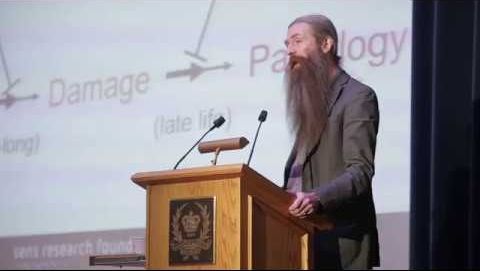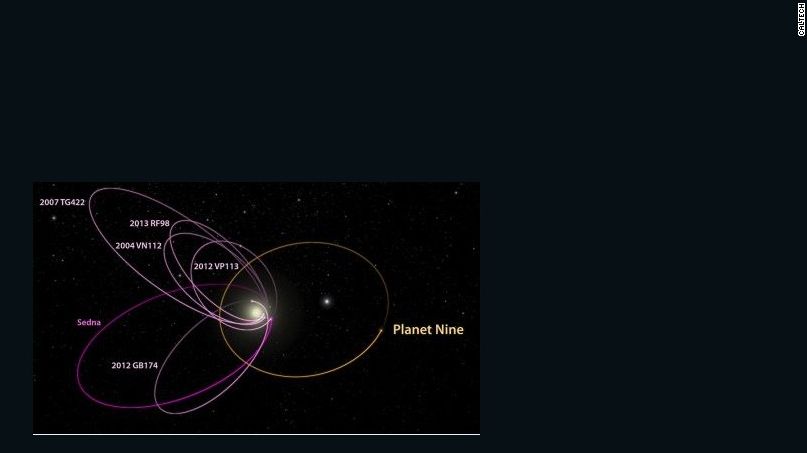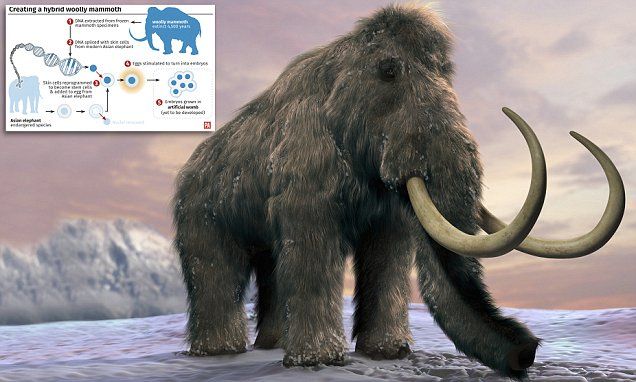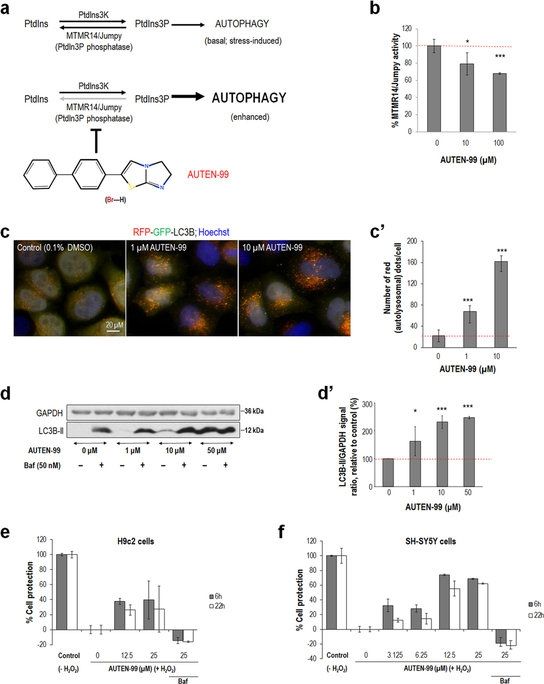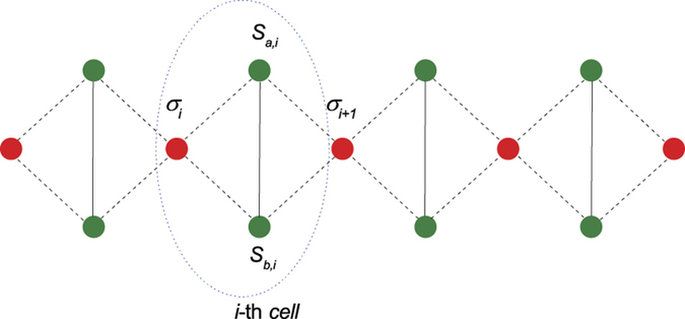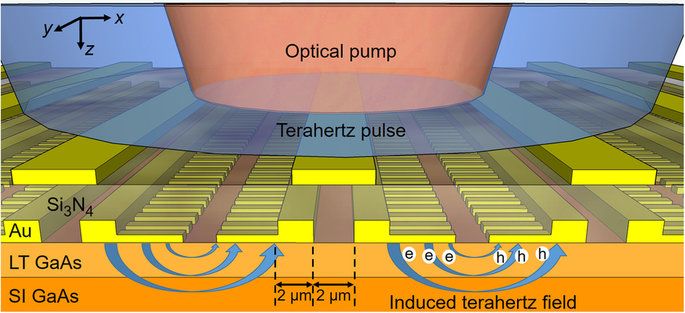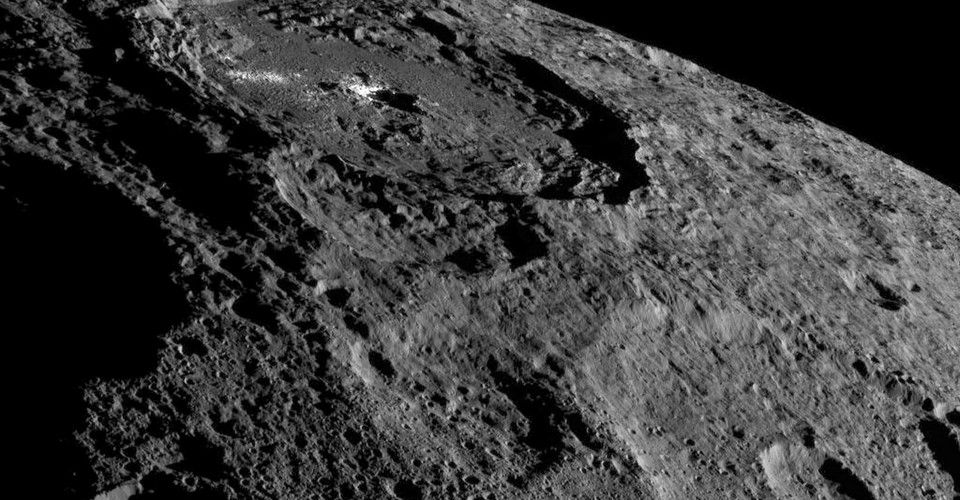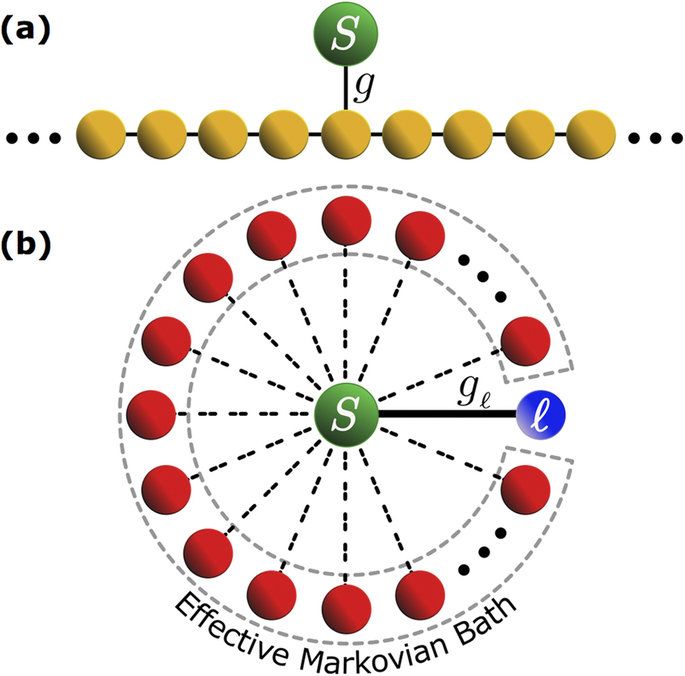
Nice information on Quantum open systems via the existence of a functional relationship between a rigorous measure of quantum non–Markovian ity and the CCA localization. Sharing with my other QC R&D friends.
As discovered by P. W. Anderson, excitations do not propagate freely in a disordered lattice, but, due to destructive interference, they localise. As a consequence, when an atom interacts with a disordered lattice, one indeed observes a non-trivial excitation exchange between atom and lattice. Such non-trivial atomic dynamics will in general be characterised also by a non-trivial quantum information backflow, a clear signature of non–Markovian dynamics. To investigate the above scenario, we consider a quantum emitter, or atom, weakly coupled to a uniform coupled-cavity array (CCA). If initially excited, in the absence of disorder, the emitter undergoes a Markovian spontaneous emission by releasing all its excitation into the CCA (initially in its vacuum state). By introducing static disorder in the CCA the field normal modes become Anderson-localized, giving rise to a non–Markovian atomic dynamics. We show the existence of a functional relationship between a rigorous measure of quantum non–Markovian ity and the CCA localization. We furthermore show that the average non–Markovian ity of the atomic dynamics is well-described by a phenomenological model in which the atom is coupled, at the same time, to a single mode and to a standard — Markovian — dissipative bath.
Read more
